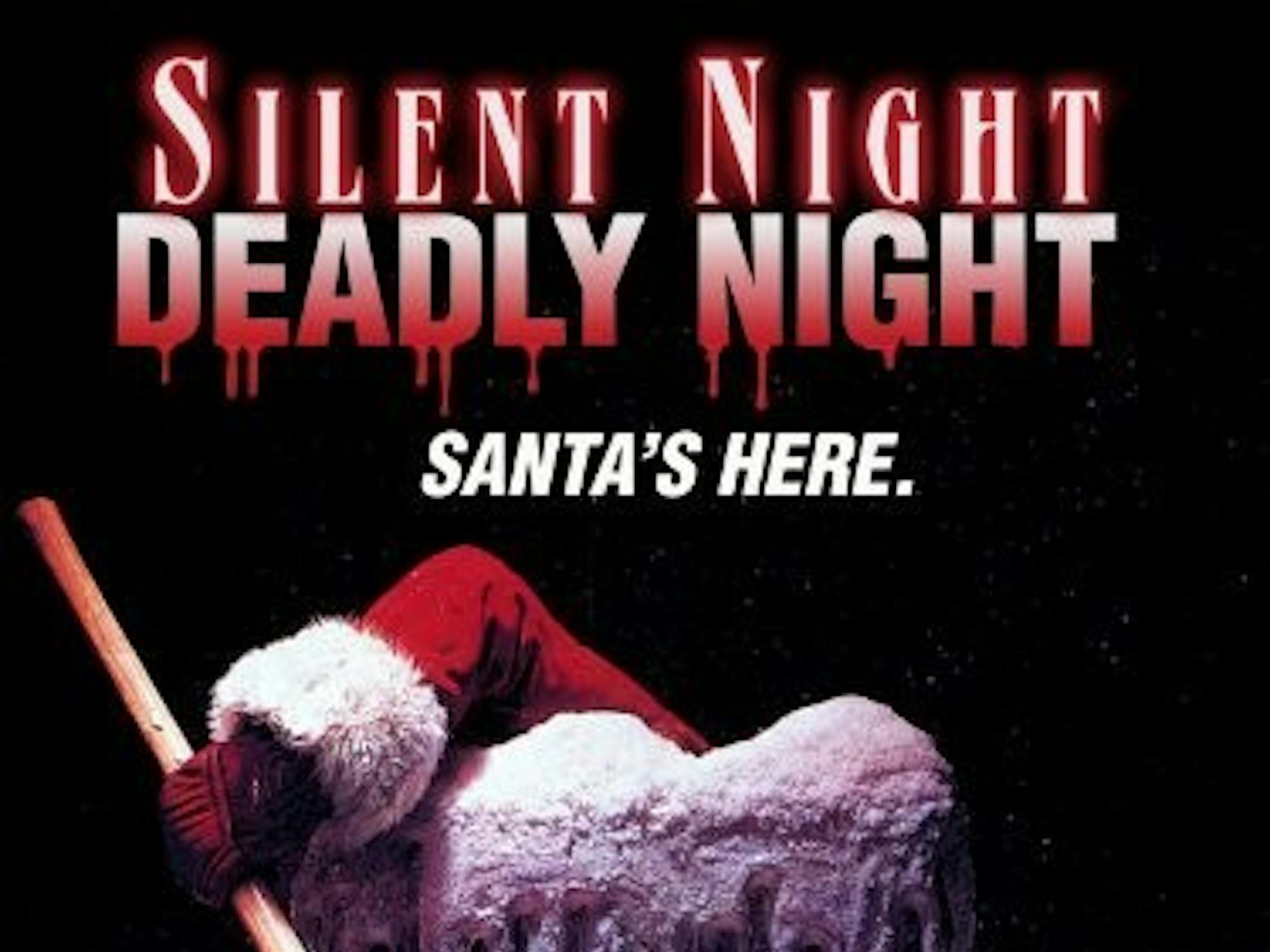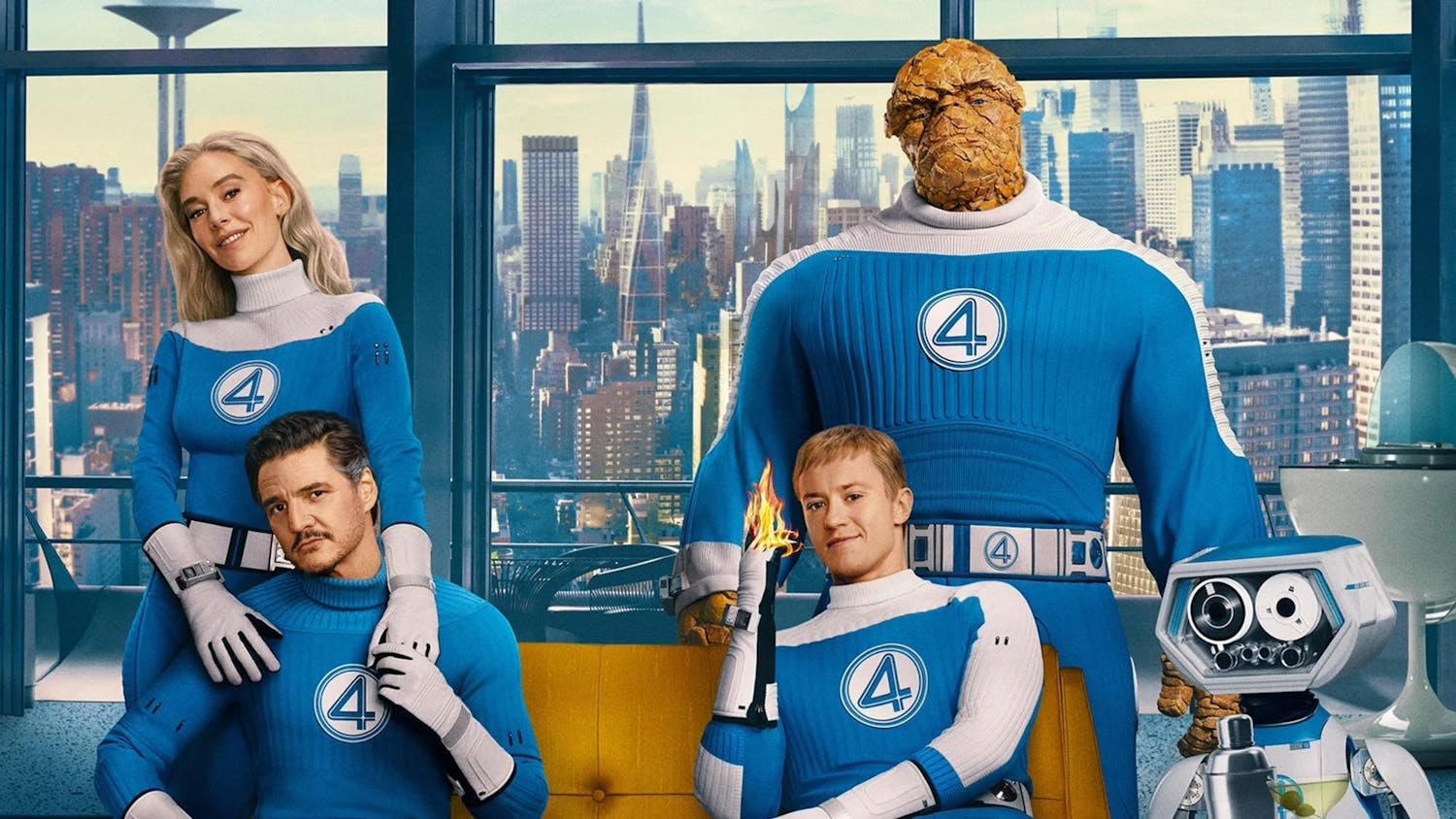“Silent Night, Deadly Night” (1984)
Directed By Charles E. Sellier Jr.
Starring Lilyan Chauvin, Gilmer McCormick, Toni Nero, Robert Brian Wilson, Britt Leach, Nancy Borgenicht, H.E.D. Redford and Danny Wagner
“Deck the halls with naked bodies, Fa la la la la, la la la la.” Veteran documentary producer/filmmaker, Charles E. Sellier Jr. took his first and only attempt at the horror genre with his third directorial feature with the drive-in B classic, “Silent Night, Deadly Night.”
On a cold night in the winter of 1971, young Billy, his newly born brother, Ricky and his folks are on their way back from visiting Billy’s grandfather in the Utah Mental Facility. After a long drive through the darkened countryside, the family comes across someone lingering in the shadows just up the road. He’s tall, wears a long, fake white beard, dresses all in red with accents of black and carries a very unpleasant chip on his shoulder. Could it be? Why yes, it’s Santa Claus.
Only this time he’s not spreading joy or Christmas cheer.
While trying to be Good Samaritans by offering a lift to the stranded stranger whose car is broken down on the side of the road, a good deed becomes a living nightmare as the Santa impersonator pulls out a gun and attempts to rob the family. Panicking, the father puts the car in reverse and begins to speed off into the night, but not before the impersonator fires off two shots, scoring a head hit, causing the car to spin off into a ditch.
In the midst of this frantic situation, Billy escapes from the car and hides in a thick layer of brush just off to the side. Here he witnesses his mother being brutally beaten and sexually assaulted before getting her throat slit. After murdering the mother and father, the impersonator starts looking for Billy.
“Where are you, you little bastard?” the impersonator yells. After searching for a moment, the impersonator disappears into the night, leaving young Billy and his baby brother stranded.
Fast-forward two years: Billy and his brother Ricky are now trying to rebuild their lives in the secluded facility known as St. Mary’s Home for Orphaned Children. Here, both of the children are taught and raised to obey the rules of the Lord and must take “necessary punishment” whenever one gets out of line.
It doesn’t help that Mother Superior, played by Chauvin, targets young Billy due to his altered perception on life and makes his life a living hell as he tries to cope with the memories of his lost parents. It is during this time we see the slow decent into madness as young Billy relives the tragic event over and over.
In the winter of 1984, Billy is now 18 years old and seems to have a good hold on things until he lands a job at a toy store as a stock clerk. Everything seems to be fine until Christmas Eve rolls around; his past starts stirring up the darkness that has intoxicated his soul. Billy snaps and goes on a killing spree, slaughtering everyone in his sight to rid the demons that have been bottled up since the tragic night when he witnessed his parents being murdered in cold blood.
I’m very apprehensive when it comes to slasher flicks because, most of the time, they’re populated with senseless violence, gratuitous nudity, predicable scares, amateur acting, poor writing and a partridge in a pear tree. But this time around, I found myself to be very impressed with the tangible opening that sets the tone of the story. The lead up to the journey into the abyss of madness is what caught my attention in this particular film.
Through the first hour of the film we see this “short” and sweet but effective transformation from him being an angelic young boy to a murderous psychopath.
There’s a scene in the orphanage where Billy is sitting in the corner of his bedroom after lights out, crying and reflecting on what has happened. There’s a long shot of his young face as he’s crying and remembering his parents. The shot starts off as a fairly decent composed shot with a medium sized lens, and it slowly starts to zoom into his face. While zooming in, we see micro cuts of the event flashing before his eyes, and with every cut, Billy’s facial expression slowly changes from deep sadness to total anger.
Following this scene is Christmas Day where Billy comes face-to-face with someone dressed as Santa Claus giving presents to the orphaned children. Immediately, Billy starts to have a mental breakdown as images from the incident flash before his eyes, after which Mother Superior forces him to “thank” Santa Claus for the gifts.
As Mother Superior drags Billy closer to the impersonator, Billy breaks free of her grip and then proceeds to punch the impersonator in the face. Of course, after doing this, Mother Superior takes Billy back to his room where she beats him senseless with a leather belt. While he’s being beaten, we see a psychological shift in his eyes with each hit of the belt.
To set the stage, this film was produced during the final segment of the golden age of horror pictures. In this critic’s opinion, the golden age of the grindhouse horror genre began in the early 1970s and came to a sad end in the mid-80s. Luckily, this film came out just before the era ended; otherwise I wouldn’t be giving it respectful praise or even my time.
The reason for that previous statement is because horror films nowadays don’t have an effective introduction or an interesting, believable meaning behind the killer’s madness. Almost all present-day horror films introduce us to a group of individuals that get hacked and slashed to death within the first five to ten minutes without developing any characters.
With this approach, the filmmakers focus on the violence and nudity to help get a few cheap reactions from the audience, while trying to force you to immediately like the characters that are being terrorized. But in reality, they fall short of connecting with yours truly because they either haven’t done the research on how to get a decent reaction or even gotten someone in the audience to close their eyes during an intense moment.
However, in “Silent Night, Deadly Night,” we have a very solid, effective build-up where you get a chance to feel some form of emotion toward the characters until the first couple of kills.
The opening 45 minutes of the film could really be used as an informational piece on how, psychologically, the mind will alter if it goes untreated. Without giving any of the highlighted points of the plot away, really sit down and watch the first hour of the film and see how beautifully executed it is from a psychological aspect.
Some minor flaws within the opening and the quick transformation after the one-hour mark cost the film one star. After Billy’s transformation into an impassive killer, the film’s deep psychological approach gets lost in a hail of gunfire, blood, sex, typical orgasm puns and bad reactions—not only from the film’s supporting cast but even its extras.
But despite the dynamo effect that starts off the film’s last act and slowly turns it into a garbled mess, the film itself is effective and works on both a psychological and typical night at grindhouse theaters that will satisfy anyone with its effecting nature.
Three out of Four Stars










